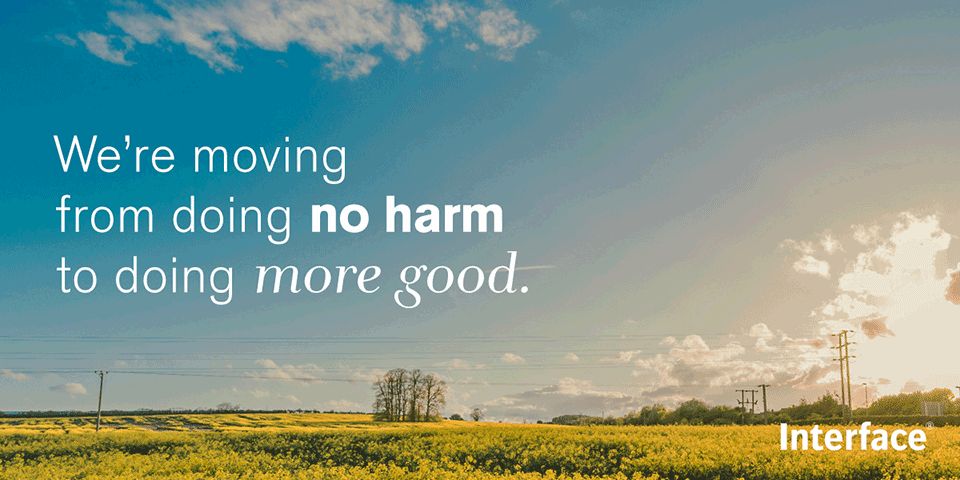At this year’s GreenBiz event, our Chief Sustainability Officer Erin Meezan participated in a panel called “Building a New Carbon Economy: Strategies for Turning Waste Carbon from Liability to Asset.” We sat down to unravel what that really means and how businesses can work alongside academia, non-government organisations and government to build this new “economy.”
Q: Your discussion at GreenBiz centred on the “new carbon economy.” What does this mean?
A: When we think of carbon dioxide (CO2) in the framework of an economy, we view it and define it as a resource. I think of this as a prosperous economy where you can use carbon as a resource. You can use carbon dioxide as a raw material, selling it as a resource, all the while removing it from the atmosphere and reversing global warming.
Q: What are some examples of industry using carbon as a resource today?
A: There’s a really cool company in the U.K., called Carbon8 Systems, that combines waste CO2 and thermal waste from cement manufacture, energy from waste plants or steel slags, to create artificial limestone. This material is then mixed with other ingredients, like binders and fillers, and is pelletised for incorporation into building blocks.
We captured and stored carbon through a similar process with the development of the world’s first carbon negative prototype carpet tile, which we call Proof Positive. By using plant-derived carbon, the tile stores carbon that otherwise would have been emitted during the plant’s decomposition. Just like with Carbon8, through the use of these natural materials and our closed loop systems, our carpet tile is carbon negative without buying carbon offsets.
Covestro, a polymer manufacturer – whose head of sustainability, Rebecca Lucore, joined me on this panel – is looking at ways to use CO2 in elastomers, which are moldable plastics used in items like hoses and seals.
Q: That’s pretty incredible. That’s a huge concept for people to grasp, though, and I can imagine it takes a great deal of investment on behalf of each organisation. How do we go about changing the mindset on carbon from “problem” to “resource” and get more players involved in the carbon economy?
A: It really goes back to shifting our thinking on climate change. We know from research that climate experts and young people believe we can reverse global warming. When we adopt that sense of optimism, it’s easier to view climate change as an opportunity to innovate, rather than this problem that we can’t overcome.
Arizona State University has some amazing sustainability programmes. Peter Byck, one of my co-panelists, is a professor in the Schools of Sustainability and Journalism at ASU, and created an amazing documentary called “carbon nation” that approaches climate change with an optimistic, non-preachy perspective.
Another co-panelist, Noah Deich, heads up the non-profit Center for Carbon Removal, which is dedicated to accelerating the development of carbon removal solutions. They work to lead industry and policy collaborations.
It takes the work of a collective group of people that can lead solutions today and inspire tomorrow’s leaders. But, through the way we speak about climate change, and by showing it’s possible, sharing ideas and leading through action, we can create a carbon economy and ultimately, reverse global warming.
